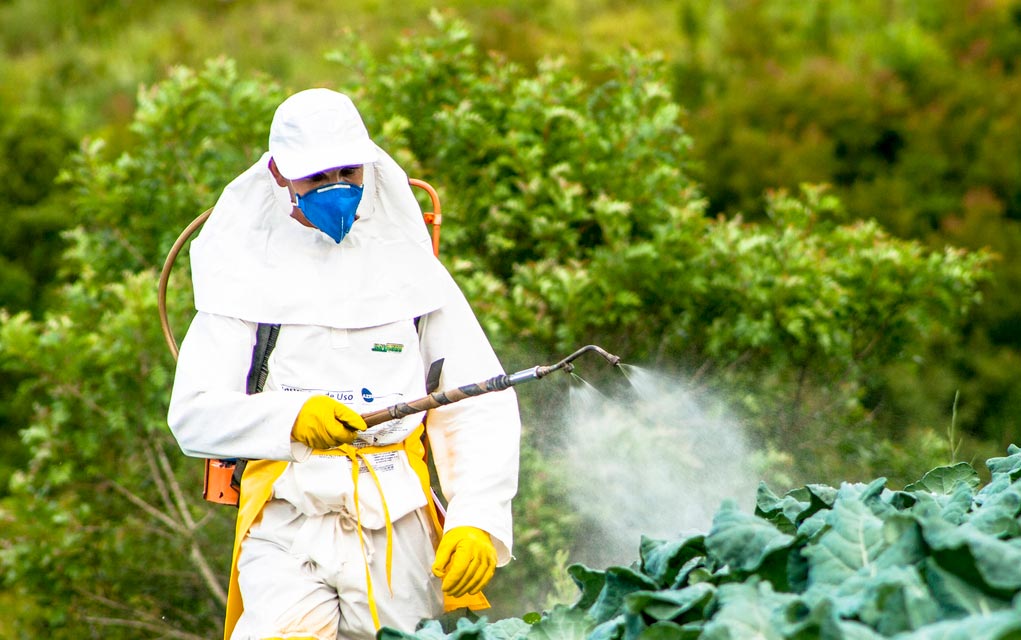

Spatial and temporal pattern of pesticides in the global atmosphere. Global gridded emission inventories of β-hexachlorocyclohexane. The global environmental hazard of glyphosate use. Agricultural insecticides threaten surface waters at the global scale. Pesticide residues in European agricultural soils-a hidden reality unfolded.

Modeling global distribution of agricultural insecticides in surface waters. The story of phosphorus: global food security and food for thought. Modeling global annual N 2O and NO emissions from fertilized fields. Forecasting agriculturally driven global environmental change. Chemical pesticides and human health: the urgent need for a new concept in agriculture. Nicolopoulou-Stamati, P., Maipas, S., Kotampasi, C., Stamatis, P. Pesticides reduce regional biodiversity of stream invertebrates. 144, 31–43 (2006).įAOSTAT: Database Collection of the Food and Agriculture Organization of the United Nations (FAO, 2019) īeketov, M. Our study expands earlier pesticide risk assessments as it accounts for multiple active ingredients and integrates risks in different environmental compartments at a global scale. We identify watersheds in South Africa, China, India, Australia and Argentina as high-concern regions because they have high pesticide pollution risk, bear high biodiversity and suffer from water scarcity. Among the high-risk areas, about 34% are in high-biodiversity regions, 5% in water-scarce areas and 19% in low- and lower-middle-income nations. We find that 64% of global agricultural land (approximately 24.5 million km 2) is at risk of pesticide pollution by more than one active ingredient, and 31% is at high risk. We considered a region to be at risk of pollution if pesticide residues in the environment exceeded the no-effect concentrations, and to be at high risk if residues exceeded this by three orders of magnitude. Here we use a global database of pesticide applications and a spatially explicit environmental model to estimate the world geography of environmental pollution risk caused by 92 active ingredients in 168 countries. Pesticides are widely used to protect food production and meet global food demand but are also ubiquitous environmental pollutants, causing adverse effects on water quality, biodiversity and human health.


 0 kommentar(er)
0 kommentar(er)
